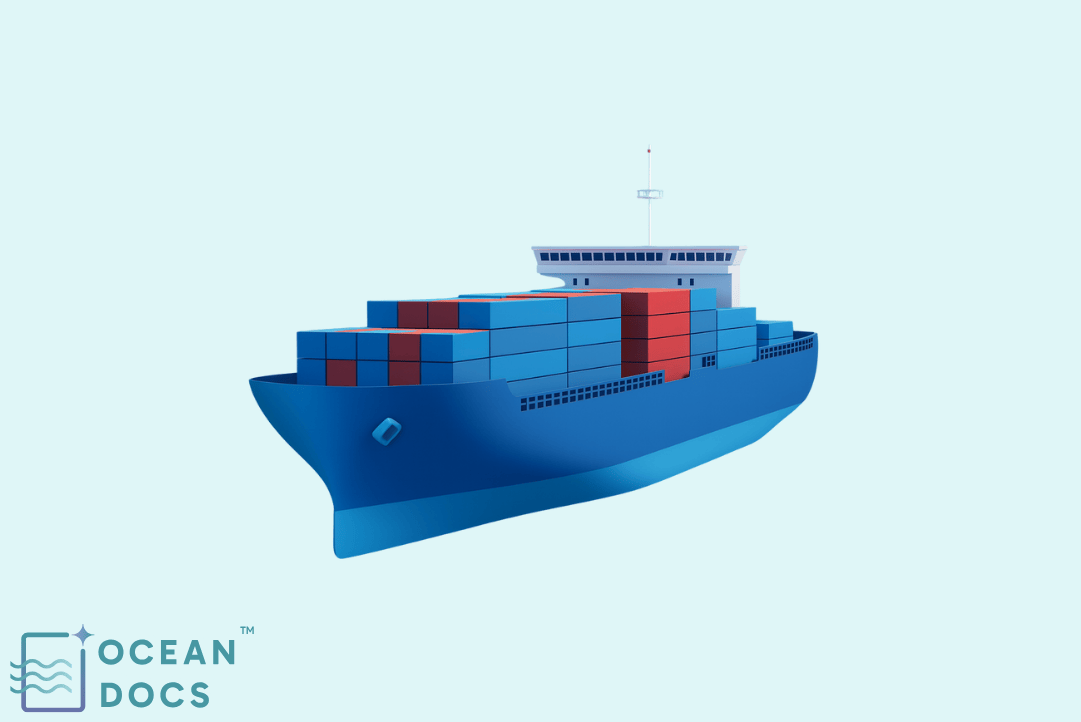
From PDFs to Intelligent Answers | OceanDocs AI
October 10, 2025 By OceanDocs AI
For years, ship crews have relied on thick binders and endless shipping documents to stay compliant with maritime regulations. Manuals in PDF form were meant to simplify operations, but during inspections or emergencies, scrolling through hundreds of pages is far from efficient. Missing even one clause in the ISM Code, SOLAS, or ISPS Code can lead to compliance failures, wasted time, or penalties.
This is where modern ship management, powered by document intelligence and AI in shipping, is transforming how crews use manuals. Instead of spending hours searching, seafarers can now move directly from questions to answers.
Why Traditional Ship Manuals Are a Challenge
PDFs may be portable, but they were never designed for the speed required in daily ship operations. Common challenges include:
-
Time-consuming searches: Finding a section on MARPOL or Ballast Water Management can take longer than expected.
-
Manual cross-referencing: Crews often need to open multiple ship documents to verify one procedure.
-
Inspection stress: During Port State Control checks, inspectors expect instant access to manuals like the Fire Control Plan or references to COLREGs.
-
Human error: Misreading complex text can impact both safety and compliance.
Static manuals may preserve information, but they don’t support real-time decision-making.
The Role of Ship Management in Compliance
Effective ship management goes beyond schedules and maintenance—it ensures easy access to critical knowledge. With ship management software, crews can integrate manuals, safety protocols, and maritime documentation into one searchable platform.
This supports compliance with:
-
IMO regulations and global standards.
-
STCW training and certification requirements.
-
Safety protocols within the Safety Management System (SMS).
-
Risk-focused procedures like pollution prevention and hazard assessment.
By digitizing and structuring manuals, ship management becomes not just operationally efficient but also a key compliance partner.
From Documents to Intelligent Answers
Instead of flipping through static pages, new solutions transform manuals into structured, intelligent data. With document intelligence and AI-powered automation, crews can type a question and instantly get an answer.
Examples:
-
“Show me procedures for ballast checks” → Retrieves steps from the Ballast Water Management manual.
-
“What does ISGOTT say about cargo transfer?” → Displays the relevant safety guidelines.
-
“Where is the LSA Code requirement for lifeboats?” → Highlights the exact section.
This saves time, reduces risk of oversight, and helps crews stay focused on actual operations.
Safety and Training Benefits
Compliance is about more than paperwork—it’s about people. Interactive and accessible manuals enhance training. New crew members can explore queries on OceanDocs AI to understand SIRE Vetting, maritime security, or geopolitical risks before facing inspections.
When quick answers are available, confidence improves during Port Operations and emergency drills. For fleet operators, it ensures consistent safety and procedural alignment across vessels.
How AI in Shipping Makes It Possible
The shift from static PDFs to actionable insights is driven by AI and machine learning. Key enablers include:
-
Natural Language Processing (NLP): Reads and interprets complex maritime manuals.
-
Neural Networks: Identify patterns in safety and compliance procedures.
-
Model Training: Tailors the system to each company’s operations.
-
Self-Supervised Learning: Continuously improves search precision and context.
These AI-driven systems integrate with ship management software, giving crews context-based guidance while maintaining records for audits and reviews.
Real-World Impact on Maritime Compliance
-
Faster inspections: Instant retrieval of audit reports and compliance data during Port State Control.
-
Reduced workload: AI in shipping automates repetitive documentation and search tasks.
-
Improved safety: Quick manual access strengthens emergency responses.
-
Stronger compliance: Meeting requirements for Maritime Security, Safety Management Systems, and environmental regulations becomes seamless.
The result is a safer, more efficient, and more transparent compliance process across fleets.
Conclusion
Transitioning from PDFs to intelligent, AI-driven answers is more than a digital upgrade—it’s a transformation in how the maritime world handles information. With ship management software, AI-powered document intelligence, and smarter maritime documentation, compliance becomes a natural part of daily ship operations rather than a burden.
OceanDocs AI by Yodaplus makes this possible by converting complex manuals into structured, searchable intelligence. The result: faster inspections, safer voyages, and smoother regulatory adherence—delivering a future where crews spend less time searching and more time sailing.